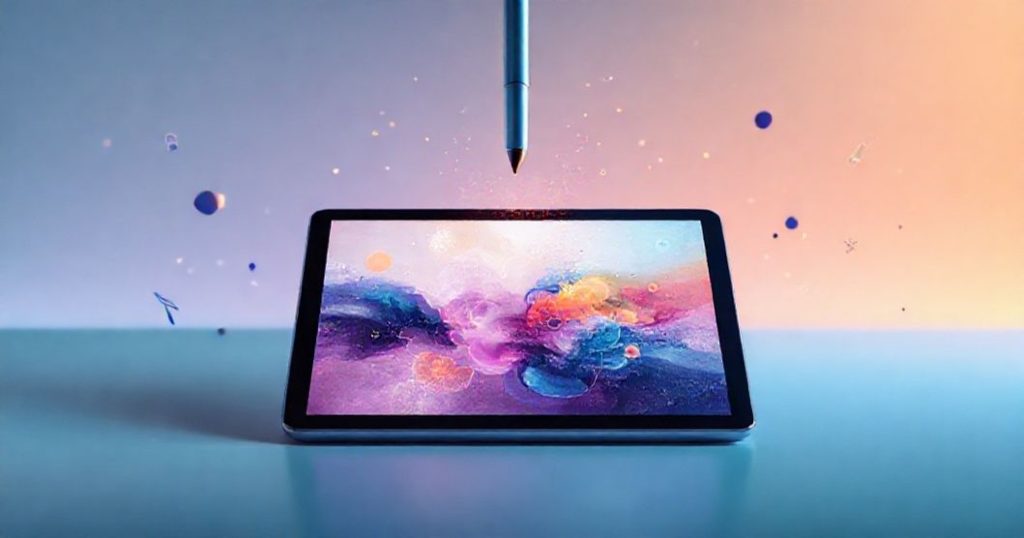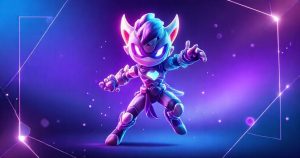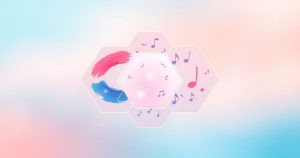Introduction to AI Image Generators
AI image generation has undergone a remarkable transformation over the past few years, evolving from producing barely recognizable abstract shapes to creating photorealistic masterpieces that rival professional photography. Modern AI models like DALL-E 3, Midjourney v6, and Stable Diffusion XL leverage billions of image-text pairs to understand nuanced prompts and generate images with stunning accuracy and artistic flair. What once required hours of manual work in Photoshop or expensive stock photo subscriptions can now be accomplished in seconds with a well-crafted text prompt. This democratization of visual content creation has opened doors for small businesses, content creators, and hobbyists who previously couldn’t afford professional design services.
The technology continues to advance at a breathtaking pace, with new models emerging every few months that push the boundaries of what’s possible, making tools like free AI image generators increasingly valuable for creators at all skill levels. In this comprehensive guide, you’ll discover everything you need to know about AI image generators, from understanding how these revolutionary tools work to mastering advanced techniques that separate amateur results from professional-quality output.
We’ll explore practical strategies for crafting effective prompts, avoiding common pitfalls that lead to disappointing results, and leveraging AI image generation to solve real-world creative challenges. Whether you’re a content creator looking to enhance your blog posts, a marketer seeking eye-catching social media visuals, or simply someone who wants to bring their imagination to life, you’ll find actionable insights and proven techniques that you can implement immediately.
By the end of this article, you’ll understand not just the “how” but the “why” behind successful AI image generation, empowering you to create compelling visuals that resonate with your audience and achieve your creative goals. We’ll cut through the hype and marketing speak to deliver genuine, experience-based insights that come from extensive hands-on testing with multiple AI image generation platforms.
Understanding How AI Image Generators Process Your Prompts
When you type a prompt into an AI image generator, you’re initiating a complex computational process that would have seemed like science fiction just a decade ago. Behind the scenes, sophisticated neural networks trained on billions of image-text pairs analyze your words, break them down into semantic components, and map them onto learned visual concepts that the model has internalized during training. This process happens through what’s called “latent space navigation,” where the AI doesn’t simply retrieve stored images but actually synthesizes entirely new visual content by blending and recombining learned features in ways that match your description.
The quality of your output depends heavily on how well you communicate your vision through text, which is why prompt engineering has emerged as a critical skill for anyone serious about AI image generation. Unlike traditional search engines where keywords are king, AI image generators respond better to descriptive, contextual language that paints a complete picture. For instance, rather than simply typing “cat,” a prompt like “a fluffy Persian cat with bright blue eyes sitting on a Victorian-style velvet cushion, soft natural lighting, professional photography” provides the AI with rich contextual information that leads to far more compelling results.
Different AI models have different strengths and specializations, which is why experienced creators often maintain accounts across multiple platforms. Some models excel at photorealism and can produce images virtually indistinguishable from actual photographs, while others specialize in artistic styles like anime, digital art, or painterly effects. According to research published by leading AI labs, model architecture choices during training significantly impact both the speed of generation and the stylistic tendencies of the output.
Features and Benefits of AI Image Generators
AI image generators offer a wide range of features and benefits that make them an essential tool for anyone involved in visual content creation. One of the most significant advantages is the ability to produce high-quality images quickly and efficiently, without the need for extensive design experience or expensive software. This democratization of visual content creation has opened up new opportunities for small businesses, entrepreneurs, and individuals who want to create professional-looking visuals without breaking the bank.
Another key benefit of AI image generators is their ability to learn and adapt to your style and preferences over time. By analyzing your prompts and the images you generate, the AI can refine its understanding of what you like and dislike, allowing it to produce more tailored and personalized results. This level of customization is unparalleled in traditional design software, where you’re often limited to pre-set templates and styles.
In addition to their creative capabilities, AI image generators also offer a range of practical applications and uses. For example, they can be used to generate product images for e-commerce websites, create social media graphics and banners, or even produce entire albums of digital art. The possibilities are endless, and the potential for innovation and experimentation is vast.
FAQs About AI Image Generators
Q: Can I use AI-generated images for commercial purposes?
A: Yes, you can use AI-generated images for commercial purposes, but the specifics depend on the platform’s terms of service and the licensing model they employ. Most modern AI image generators, including free platforms like this one, provide commercial usage rights for images you create, though some may require attribution or impose restrictions on certain use cases like merchandise or resale.
Q: How do I get started with AI image generation?
A: Getting started with AI image generation is easier than you think. Simply choose a platform that suits your needs, read through the tutorials and guides, and start experimenting with different prompts and styles. Don’t be afraid to try new things and make mistakes – it’s all part of the learning process, and you’ll be surprised at how quickly you can pick up the basics.
Conclusion
In conclusion, AI image generators have revolutionized the world of visual content creation, offering a powerful tool for anyone looking to produce high-quality images quickly and efficiently. Whether you’re a seasoned designer or just starting out, these platforms provide a level of creativity and flexibility that’s hard to match with traditional design software.
By mastering the art of prompt engineering and understanding how AI image generators work, you can unlock a world of creative possibilities and take your visual content to the next level. So why not get started today and see what you can create? With free AI image generators at your fingertips, the possibilities are endless, and the future of visual content creation has never looked brighter.



